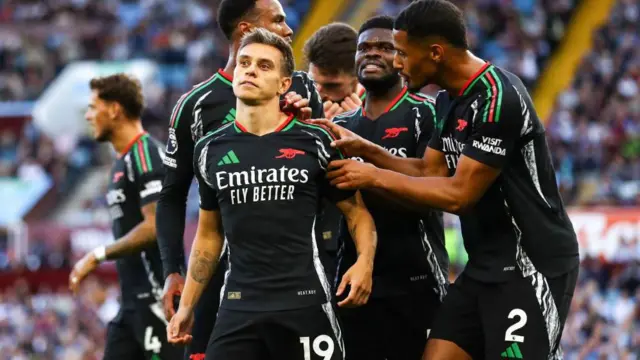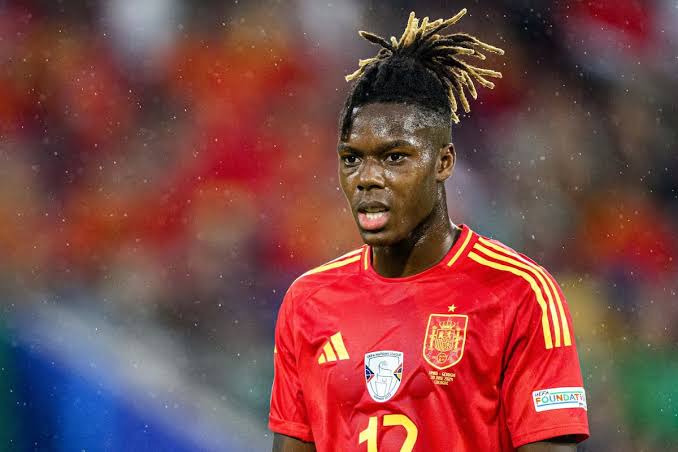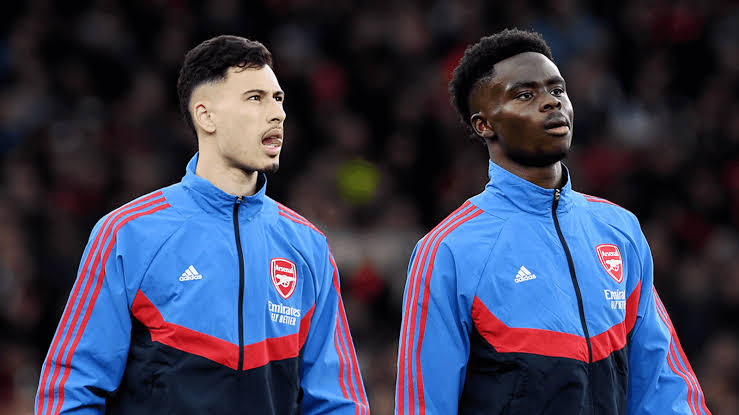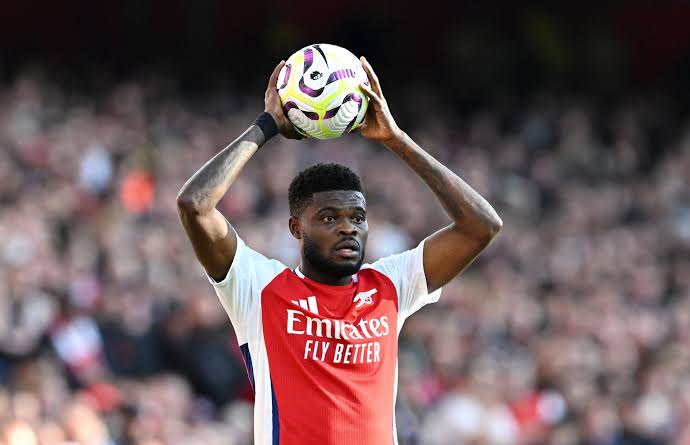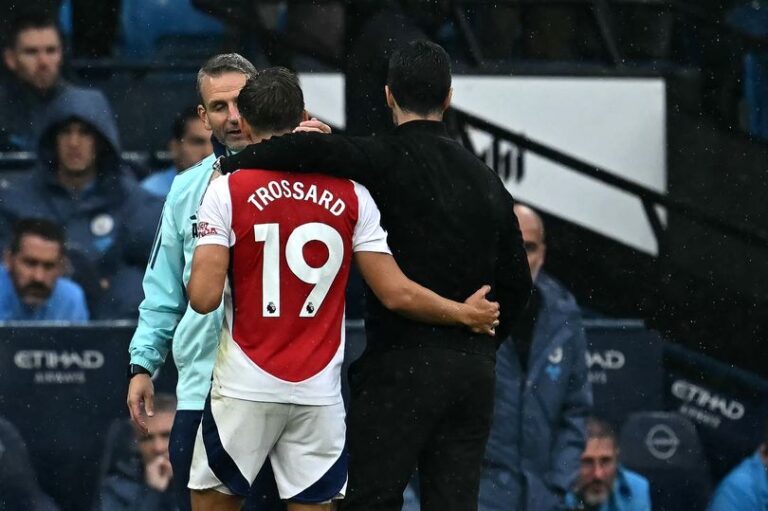Three new Arsenal tactics that could swing the title race
We have all heard about the quirky ways Mikel Arteta motivates his Arsenal players.

Hiring pickpockets to steal from them to teach alertness, holding a lightbulb in the middle of the changing room to teach them to shine, hiding coins in shoes.
They make wonderful, fun anecdotes, and it’s great to see a football manager unafraid to be a bit of an odd ball.
But he is also becoming one of the finest tacticians and coaches of the current era; if he continues his current trajectory, his name will sit alongside the greats to have graced the dugout.
As the Spaniard attempts for a third successive season to finally usurp the mega-spending behemoth of Manchester City, i looks at the tactical tweaks defining Arteta’s evolution.
The cutback
There is a concept in game theory called mixed strategy Nash equilibrium (bear with me here). It explains why adding a different strategy while playing a game can increase the probability of success, even if the strategy chosen has a smaller probability of success than another choice.
Take poker, for example. The better the two cards a player holds, the greater chance they have of winning a hand. Players are encouraged to bet accordingly, based on probabilities as more cards are revealed.
There has been a little shift in Arsenal’s approach that follows the mixed strategy Nash equilibrium, evident in pre-season and bearing fruit so far this season: the cutback.
When players attack from the wings, the statistics show that a cross or low ball into the six-yard box offers the highest probability of scoring.
But Arsenal have been ensuring another option is available on the edge of the penalty area, for a cutback.
The probability of scoring from greater distance is less, but when it increases the randomness of strategies – and teams are subsequently unprepared for it – it increases the likelihood of success overall.
“This is a bit like penalty taking,” says Stefan Szymanski, a professor of sport at the University of Michigan, a world-leading authority on football and economics and co-author of the best-selling Soccernomics.
“One thing you learn early on is you have a strong foot and kicking to the opposite gives you a higher success rate with penalties. But then the problem with that is if you always kick with your strongest foot to the opposite side, goalkeepers will pick up on it and dive the right way, so you’ll find your success rate declining.
“Say you broke it into two options. One option is the cross into the box, the other is to pass for the long range shot. The cross into the box has a higher probability of resulting in a goal. Let’s say that’s fundamentally true. Nonetheless, if you only ever cross into the box, you’ll get a situation where the long range shot becomes more likely to go in because nobody is trying to defend it.”
It was noticeable in pre-season. Salah-Eddine Oulad M’Hand offered that option against Bournemouth and Manchester United. It resulted in the first goal against Bayer Leverkusen, Kai Havertz on the left laying the ball back for Oleksandr Zinchenko to sweep in from the edge of the penalty area.
Against Lyon, Gabriel Martinelli drove in from the left and chose to pass to the edge of the box to Martin Odegaard, who was only denied by an excellent save. Either side of Odegaard were Declan Rice and Thomas Partey – all three were completely free.
